Marlin Dark Series 1895
Marlin Dark Series 1895. The speed and accuracy of Marlin lever actions blacked-out and tricked out for the modern hunter. The new Dark Series rifles feature a stealthy-tough black matte Parkerized finish and a black-webbed hardwood stock, with a host of performance enhancements, including a threaded barrel, big-loop lever and XS Lever Rail with ghost ring peep that also accommodates a wide variety of optics.
Firearm Specifications
- .45-70 Govt.
- 5-shot full length tubular magazine
- 16.25″ Barrel
- Threaded muzzle – 11/16″x24
- Parkerized finish on metal
- Paracord Sling
- XS Lever Rail with Ghost Ring
- Black stock painted with black webbing
- Big Loop Lever
- Paracord wrapped lever
- Overall Length: 34.5″
- Approximate Weight: 7.65lbs
The gun’s aluminum barrel-shroud caused the muzzle blast to draw air over the barrel and cool it, due to the muzzle-to-breech, radially finned aluminum heat sink within the shroud’s barrel, and protruding behind the shroud’s aft end, running lengthwise in contact with the gun barrel (somewhat like the later American M1917/18 Marlin-Rockwell machine gun’s similar gun barrel cooling design)17 from the “bottleneck” near the shroud’s muzzle end and protruding externally behind the shroud’s rear end. Some discussion occurred over whether the shroud was really necessary—in the Second World War, many old aircraft guns that did not have the tubing were issued to antiaircraft units of the British Home Guard and to British airfields, and others were used on vehicle mounts in the Western Desert; all were found to function properly without it, which led to the suggestion that Lewis had insisted on the cooling arrangement largely to show that his design was different from Maclean’s earlier prototypes.18 Only the Royal Navy retained the tube/heatsink cooling system on their deck-mounted AA-configuration Lewis guns.18
The Lewis gun used a pan magazine holding 47 or 97 rounds.19 Pan magazines hold the ammunition nose-inwards toward the center, in a radial fan. Unlike the more common drum magazines, which hold the rounds parallel to the axis and are fed by spring tension, pan magazines are mechanically indexed. The Lewis magazine was driven by a cam on top of the bolt which operated a pawl mechanism via a lever.16
An interesting point of the design was that it did not use a traditional helical coiled recoil spring, but used a spiral spring, much like a large clock spring, in a semicircular housing just in front of the trigger. The operating rod had a toothed underside, which engaged with a cog which wound the spring. When the gun fired, the bolt recoiled and the cog was turned, tightening the spring until the resistance of the spring had reached the recoil force of the bolt assembly. At that moment, as the gas pressure in the breech fell, the spring unwound, turning the cog, which, in turn, wound the operating rod forward for the next round. As with a clock spring, the Lewis gun recoil spring had an adjustment device to alter the recoil resistance for variations in temperature and wear. The Lewis design proved reliable and was even copied by the Japanese and used extensively by them during the Second World War.20
The gun’s cyclic rate of fire was about 500–600 rounds per minute. A recoil enhancer was added to the 1918 aircraft gun variant (and refitted to many 1917 models) which increased the rate of fire to about 800 rounds per minute. The ground use versions weighed 28 lb (12.7 kg), only about half as much as a typical medium machine gun of the era, such as the Vickers machine gun, and was chosen in part because, being more portable than a heavy machine gun, it could be carried and used by one soldier.21 BSA even produced at least one model (the “B.S.A. Light Infantry Pattern Lewis Gun”, which lacked the aluminium barrel shroud and had a wooden fore grip) designed as a form of assault rifle.22



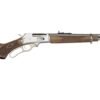

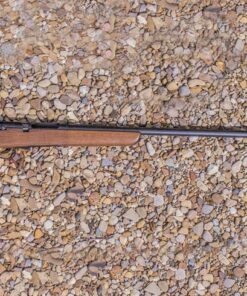
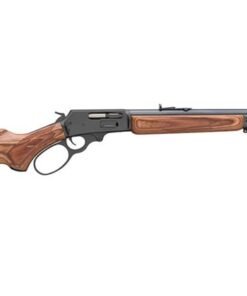

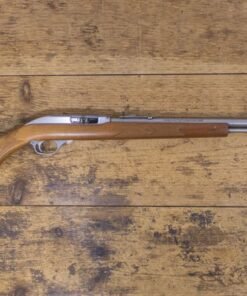
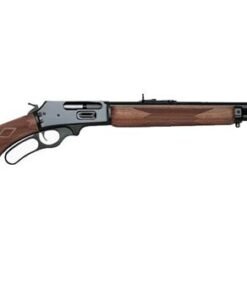
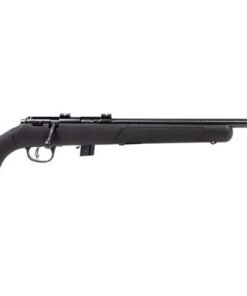
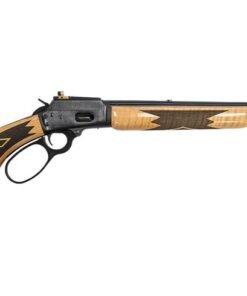
Reviews
There are no reviews yet.